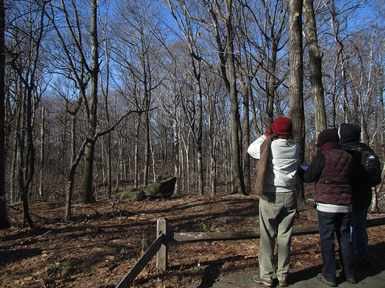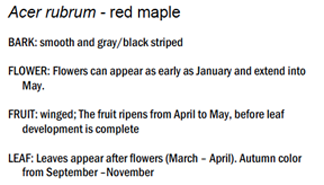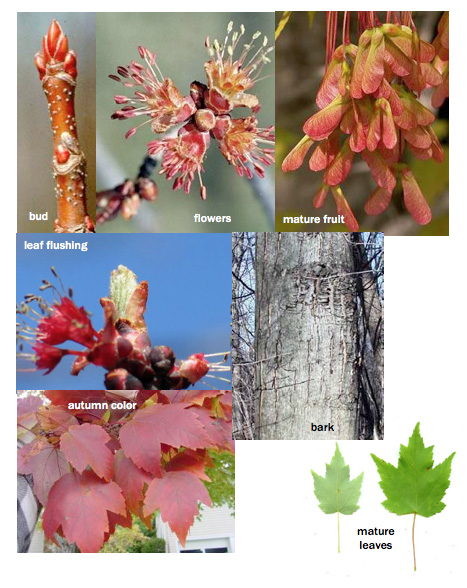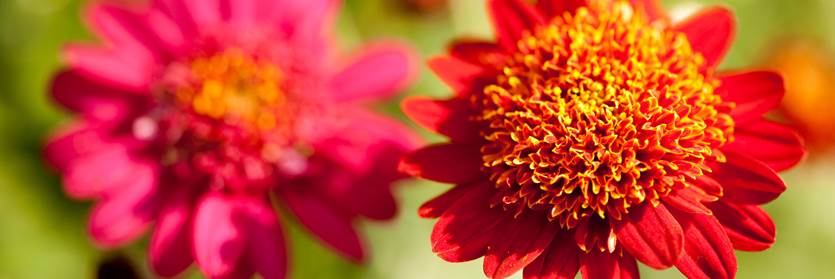Phenology: Fun and Fulfilling
Posted in Behind the Scenes, Science on September 14 2011, by Sandy Wolkenberg
Ed. note: Sandy Wolkenberg is a Citizen Scientist who has been working in the Thain Family Forest for three and a half years. Over the course of a week on Plant Talk, Sandy will share a five-part series of posts on The New York Botanical Garden’s Citizen Scientist Tree Phenology Program. If Sandy’s experiences motivate you to want to know more about becoming a Citizen Scientist, check out the Garden’s Volunteer Program page.
Now, imagine that it is early to mid-March, the beginning of the spring season. Citizen Scientists excitedly descend upon the Thain Family Forest! We scan the designated trees looking for “emerging leaves.” Protocols describe ”emerging leaves” as follows: ”In at least 3 locations on the plant, an emerging leaf is visible. A leaf is considered emerging once the green tip is visible at the end of the leaf bud, but before it has fully unfolded to expose the leaf stalk (petiole) or leaf base.”
With our binoculars aimed skyward, we attempt to determine whether–looking up to the height of perhaps thirty to sixty feet–we can honestly say whether or not the tip of a leaf is showing a bit of green. We circle the tree, never leaving the path; we confer, rub aching necks, and, with a sigh, agree that it might be another week until the leaves can be considered truly ”emerging,” and mark ”n” on our data entry sheet. In another week, or sometimes two or three, when the tree reaches the emerging leaf phase, we smile, exchange high fives, congratulate the tree, and mark a satifying ”y” on the data entry sheet.

And so it goes for each tree and for each seasonal phenophase. The trees continue to get taller, the protocols continue to reflect frustratingly subtle observational challenges, and, the knowledge and identification skills of the Citizen Scientists continue to evolve.
As illustration of the subtleties involved in judging phenophases, here is the page for, Acer rubrum–the Red Maple–in the Citizen Science Phenology booklet that our group consults frequently. This important booklet has greatly enhanced our growing skills in identifying the phenological status of our designated trees:


In Sandy’s next post, the Citizen Scientists learn that there is strength in numbers.

